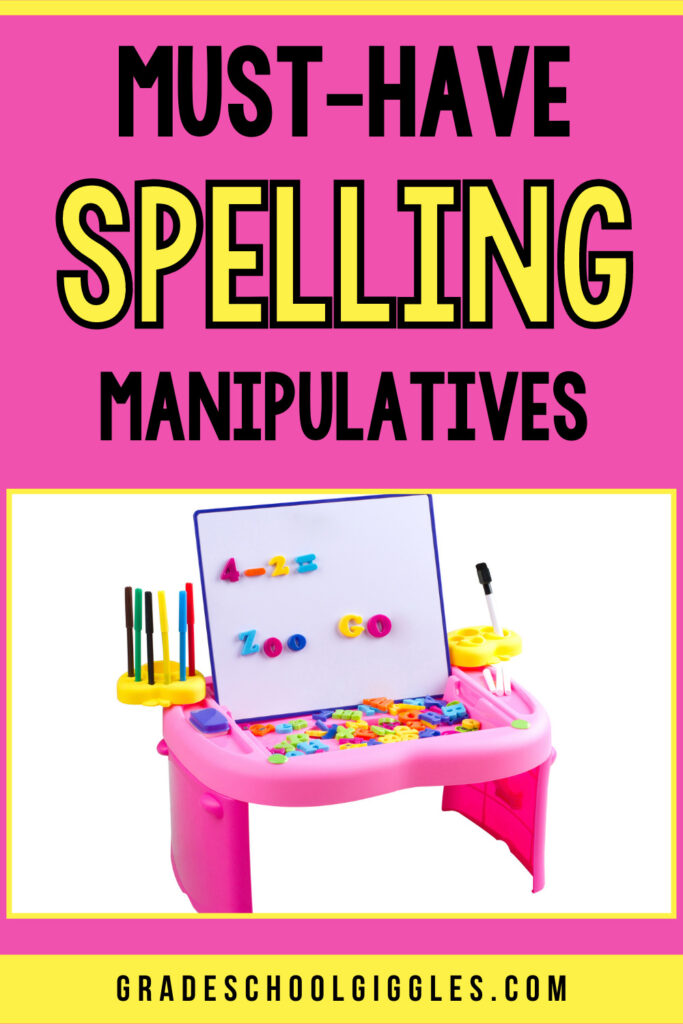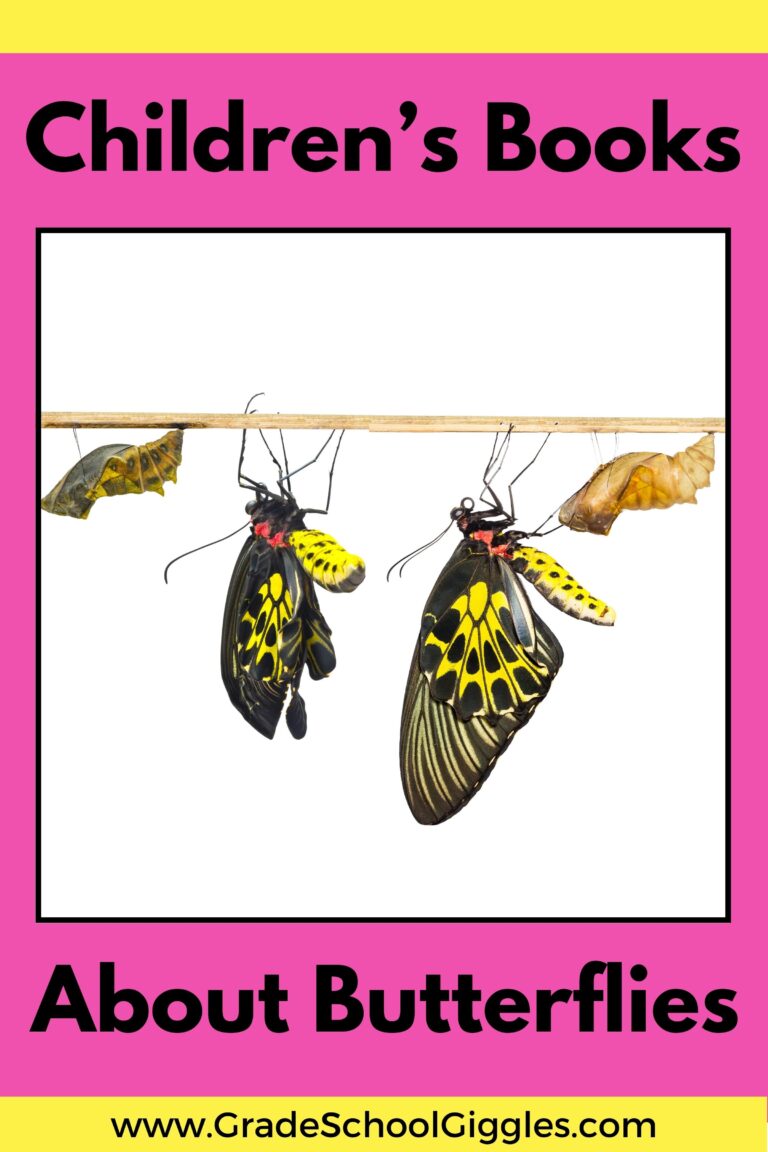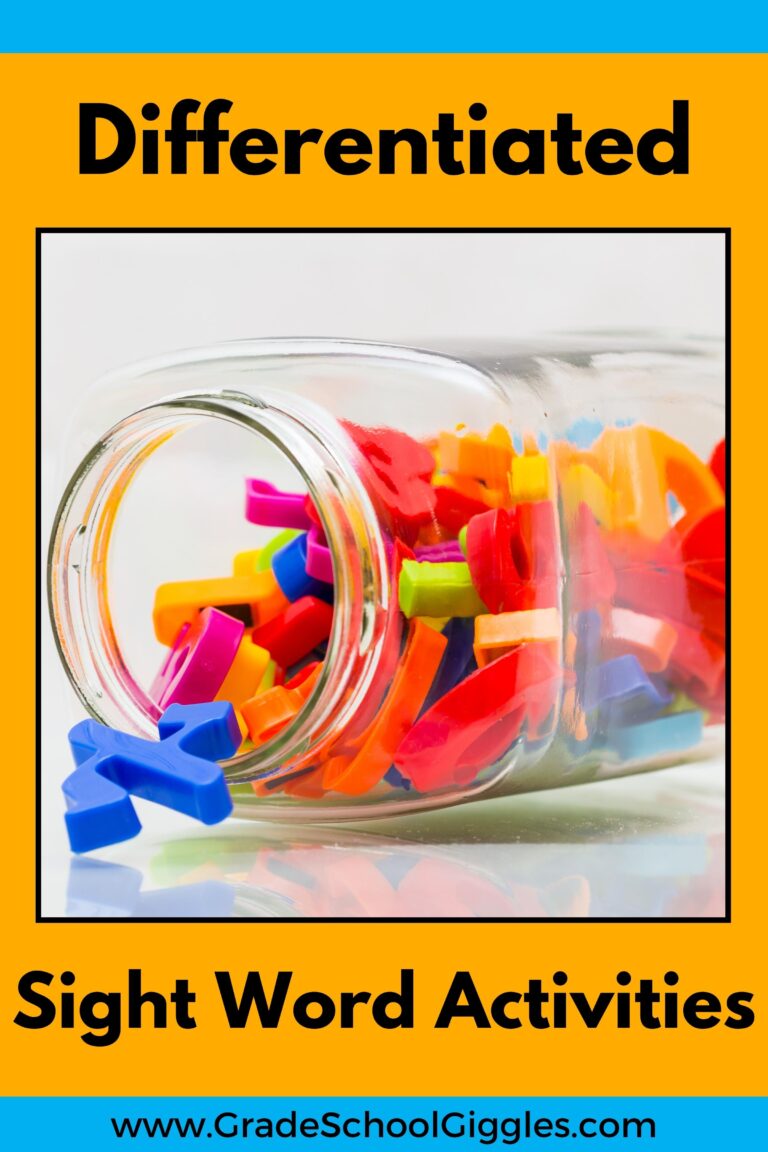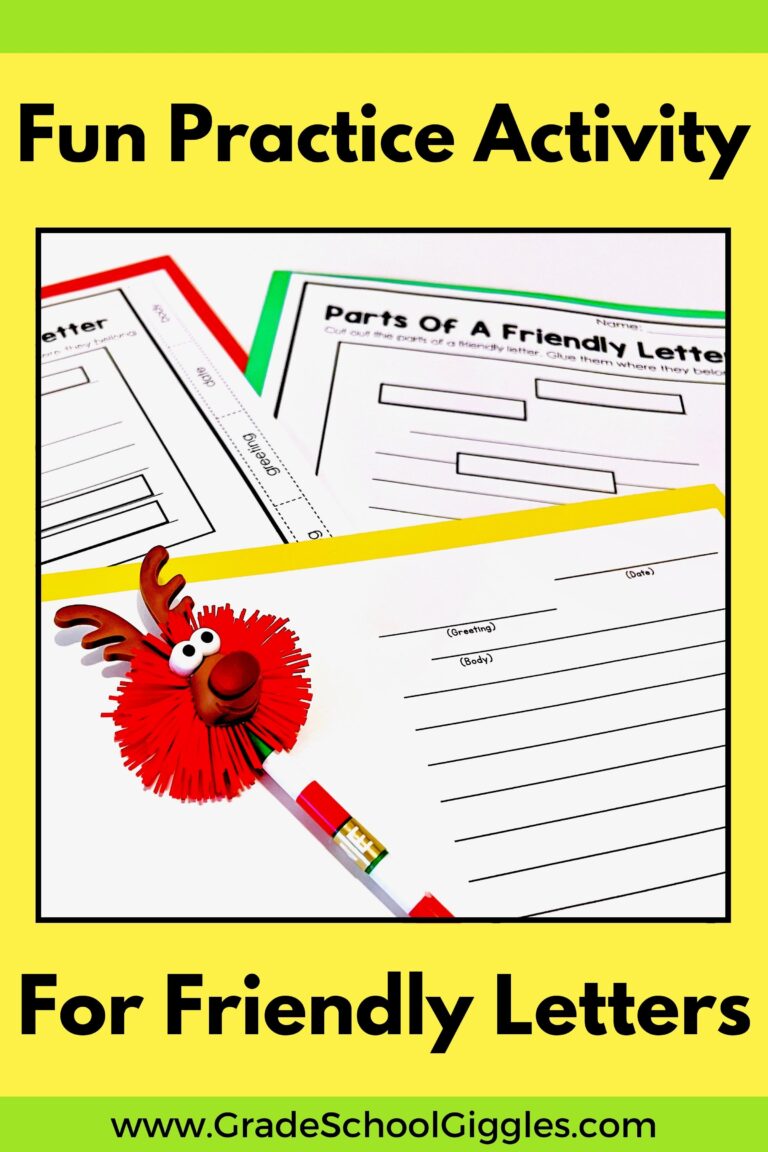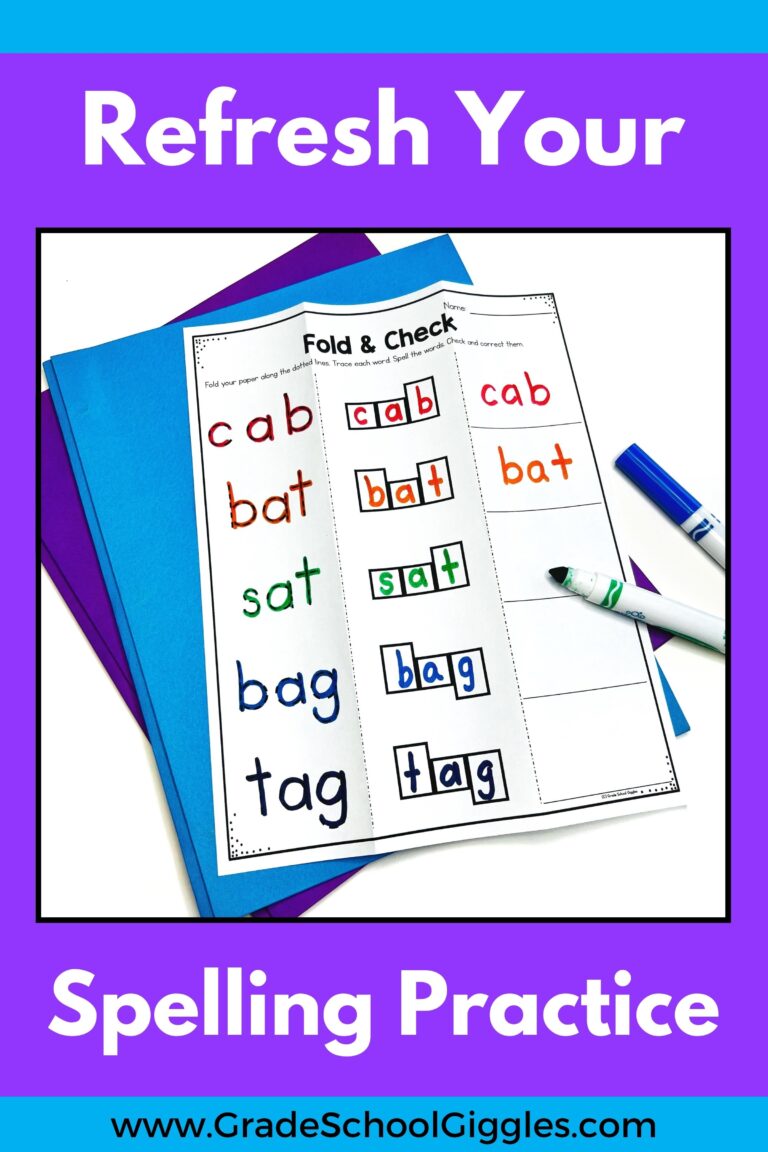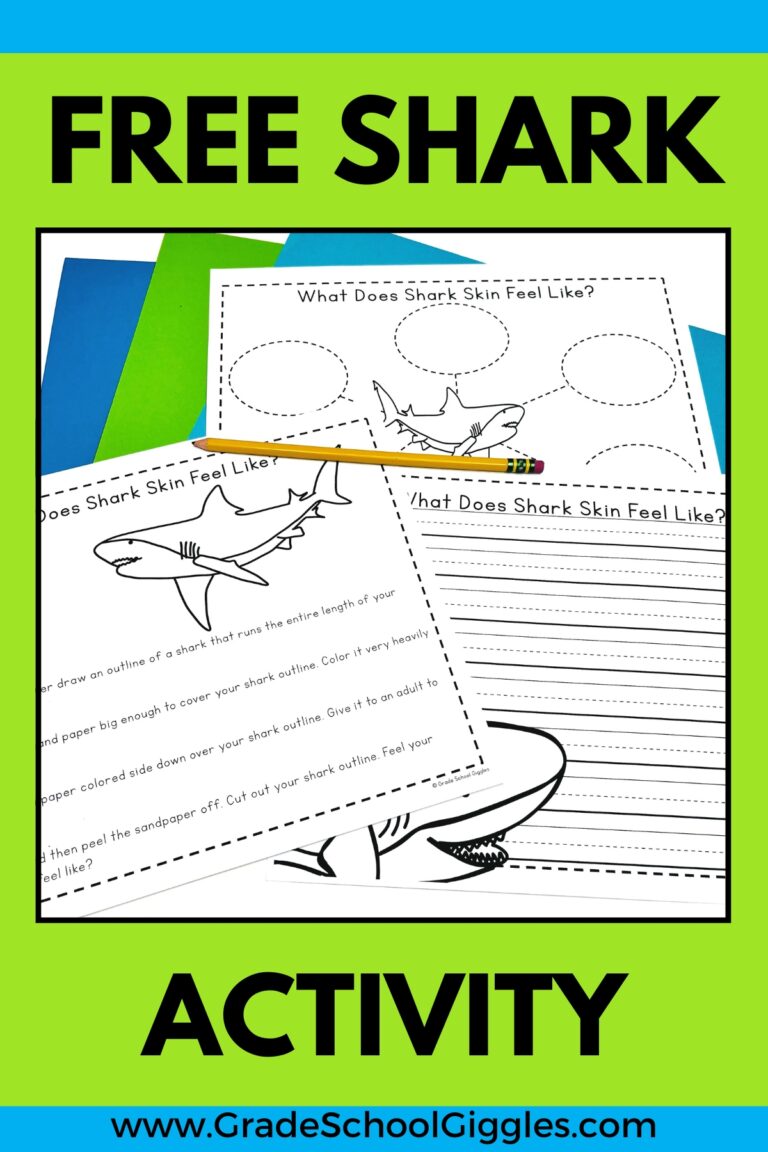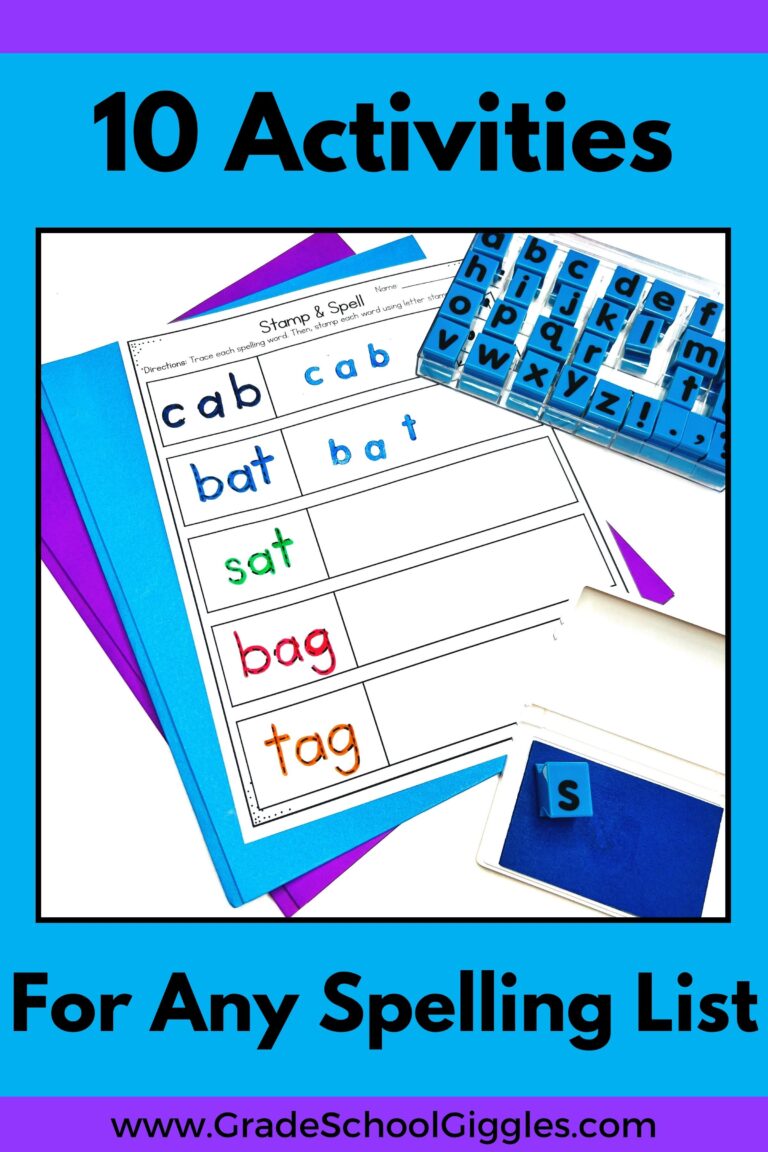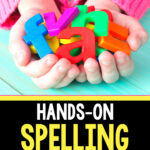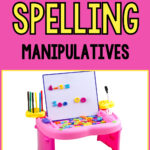Must-Have Spelling Manipulatives
Are you looking for spelling manipulatives for your early elementary school classroom? Need to know which ones are worth buying?
You’re in luck! In this blog post, I’ll share some of the best tools for teaching spelling.

These must-have spelling manipulatives will help your students improve their spelling skills. Let’s dive in!
Note: This blog post contains affiliate links.
Magnetic letters are must-have spelling manipulatives.
Magnetic letters are one of the most common spelling manipulatives. These small, colorful letters are perfect for hands-on learning.
Tips: Look for magnetic letters with different colors for consonants and vowels, pick a set with correctly formed letters, and remember that many words require duplicate letters.
To use magnetic letters in your spelling lessons, simply provide each student with a set of letters and a magnetic surface. (Cookie trays from a dollar store or magnetic whiteboards work perfectly.)
Call out words for students to spell or provide them with pictures of decodable words. Students can then use the magnetic letters to create the words and display them on the board or cookie sheet.
One advantage of magnetic letters is that they can be easily manipulated and rearranged. Students who misspell a word can move the letters around until they get it right. This can be a helpful way to reinforce spelling rules and encourage students to experiment and take risks with their spelling.
Magnetic letters are also great manipulatives for word ladder activities.
They’re versatile, engaging, and perfect for hands-on learning. Magnetic letters are a must-have tool for any spelling or language arts classroom.
Make letter tents from index cards.
Letter tents are another excellent spelling manipulative to help students improve their spelling skills. The simplest way to create letter tents is to fold index cards in half to create a triangular tent shape. Then, use a marker to write the same letter on both sides of the tent.

One helpful activity is to use letter tents for sound drills. Sound drills are a great way to review previously introduced spelling patterns. They’re also helpful for similar sounds or letters like b and d. Call out one phoneme at a time. Students hold up the letter(s) that could spell the sound. Randomly alternate phonemes. As students demonstrate mastery of various spelling patterns, add in additional phonograms or call out words that include the targetted phonics skills.
Sand trays are great for hands-on practice.
Sand trays are another valuable type of spelling manipulative. They can be paired with letter tents.
One way to use sand trays is to focus on translating phonemes (units of sound) into graphemes (written units). Call out a phoneme and have students hold up the corresponding letter tent. Quickly glance around the room and provide feedback to ensure all your students have the correct letter(s). Then, ask your students to use one finger to write the letter(s) in the sand as they say the sound.
Sand trays can also be used to write spelling words as independent practice or in small group phonics instruction.
Tip: Look for trays that can be easily stacked and stored. Trays with lids are great.
Phonogram tiles are another must-have spelling manipulative.
Phonogram tiles are another must-have spelling manipulative. With Phonogram Tiles, students can move beyond spelling single-letter phonograms. Phonogram tiles help students spell more complex words. By manipulating the tiles to create new words, students can practice spelling and phonics in a tactile, engaging way.
Tip: Welded or glued sounds are treated differently in different reading programs. Consider how your school teaches them when selecting phonogram tiles.
Dry-Erase Boards
Dry-Erase Boards are an excellent addition to any classroom. Students can use them to write words, erase mistakes, and try again until they get it right. Magnetic ones can be paired with magnetic letters or magnetic phonogram tiles.
Dry-erase boards are also useful for practicing syllabification and more advanced spelling rules, like changing y to i before adding vowel suffixes. They’re also great for drills like swapping out letters to make new words or adding suffixes onto root words.
Tip: Think about whether you want lined or unlined boards. Some boards have one side of each.
Magnetic Dry Erase Elkonin Boxes
Elkonin boxes are another great tool for building phonemic awareness and spelling skills. I especially like magnetic dry-erase versions. These boxes are essentially small grids or boxes representing each phoneme or sound in a particular word. Students can segment words into phonemes and then spell each phoneme using one box per sound.
Tip: If you need an introduction to Elkonin boxes, check out this post from Reading Rockets.
Make spelling practice multi-sensory and hands-on by using spelling manipulatives in your classroom.
These must-have spelling manipulatives all work together to create a multi-sensory approach to spelling and phonics instruction so that you can reach all of your students.
Incorporating these must-have spelling manipulatives can make learning to spell more engaging and fun. Magnetic letters, letter tents, sand trays, phonogram tiles, dry-erase boards, and Elkonin boxes offer hands-on experiences to reinforce phonics and spelling skills. Try incorporating these spelling manipulatives into your next lesson, and watch your students become spelling experts in no time!
Need more spelling practice ideas?
Are you looking for some simple activities to review and practice spelling words? If so, check out these spelling practice ideas or fun spelling worksheets and activities for any list.

Spelling Practice For 10 Words
“My students were bored with the spelling work they had been doing, so I purchased this to change it up a bit. They have used many of the choices from here, and they love them. Love that I can just type in the words and print them out!”
– Pamela ⭐ ⭐ ⭐ ⭐ ⭐

Spelling Practice For 20 Words
“I highly recommend this resource if your students are bored with spelling word practice! The format was easy to customize to my curriculum.” – Kathy ⭐ ⭐ ⭐ ⭐ ⭐
